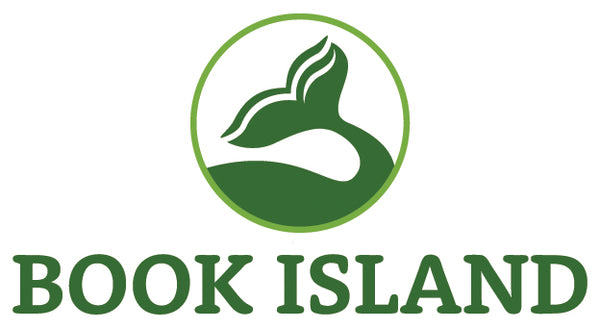
HOW TO APPROACH A PICTURE BOOK PUBLISHER AND GET NOTICED
Share
10 TIPS THAT MIGHT HELP YOU GET PUBLISHED
You’ve written a children’s story and would love to get it published. There are hundreds of small publishers in the UK, who all have one thing in common: they’re extremely time-poor. If you want to get their attention, you’ll have to approach them in the appropriate way.
STEP 1: DO YOUR RESEARCH
Read every single children’s book you can find on the topic you’ve written about just to make sure that no one hasn’t already published a similar story yet. This happens more often than you'd think.
STEP 2: FIND YOUR PUBLISHING TRIBE
Visit your local library or bookshop and check which picture books resonate with you most. Write down the names of the publishers. Check out their website and their core mission and values. For us here at Book Island, our core mission revolves around publishing books in translation and we do not take submissions – so please don’t send manuscripts to us. You’re still very welcome to follow us on Instagram, Facebook and Twitter.
STEP 3: PICK YOUR 10 FAVOURITE PUBLISHERS
Next, pick your favourite companies and check whether they accept submissions. This information should be very easy to find on their website. You might also consider submitting your work to a prize like the Stratford Salariya Book Prize, who welcome entry from unpublished and unrepresented authors, illustrators and author/illustrator teams. Make a list and submit work in line with any deadlines publishers and prizes may have.
STEP 4: SHOW THEM YOUR LOVE
Start following your favourite publishers on social media, if you’re not doing so yet, and subscribe to their newsletters. You will learn valuable information that will be helpful when approaching them. It also shows them that you’re genuinely interested and invested in what they do. If you’ve read any picture books published by them, leave a review on their website.
STEP 5: FIND CONTACT DETAILS
Find the email address for submissions on the publisher’s website or their postal address if you prefer to send them a letter. Don’t send messages via Instagram, Facebook, Twitter or LinkedIn, as these accounts are often not managed by the commissioning editor. If you’re using a contact form on their website, check for guidelines or instructions.
STEP 6: DRAFT YOUR EMAIL
Use the first paragraph of your email or letter to introduce yourself very briefly. Explain why you’ve decided to approach this particular publisher. Mention which of their titles you love and explain why. In the second paragraph, introduce your story or project and link it back to what they do. Show that you’ve done your research and are not sending out a generic email to random publishers. They don’t like that!
STEP 7: DON’T WORRY ABOUT ILLUSTRATIONS
If you’ve written a story for a picture book, it won’t need to come with illustrations. Each publisher has their own pool of illustrators who they prefer to work with.
STEP 8: NO NEED TO GIVE ADVICE
Most publishers know what they’re doing, so you don’t need to give advice on how they should publish or market your book. However, if you have any valuable experience that they should know about, do mention that. Don’t forget to include your social media handles.
STEP 9: ATTACHMENTS
If you decide to attach your story, make sure to add your name and email address in the footer of the document. Lots of different people might be reading through your manuscript and pages might get lost. Don’t send big files.
Don’t be disheartened if you don’t hear back from every, or even any publisher on your list – often the publisher is just too busy at the moment or isn’t taking submissions.
So long as you’ve done your research and are approaching the right publishers in the right way, you may get some replies. Alternatively, consider getting an agent to represent you as this can make the process a lot smoother (and a lot of larger publishers don’t take unsolicited manuscripts at all).
STEP 10: REPLY TO REJECTION EMAILS
Receiving a rejection letter can be very discouraging. However, it does mean that someone has taken the time to read through your manuscript and send a response.
By responding to a rejection email and thanking the editor for their time, you will show that you’re courteous and professional, which might impress them.
Good luck!
Book Island
The image featuring in this blog post is from 'The Bird Within Me' by Sara Lundberg.
